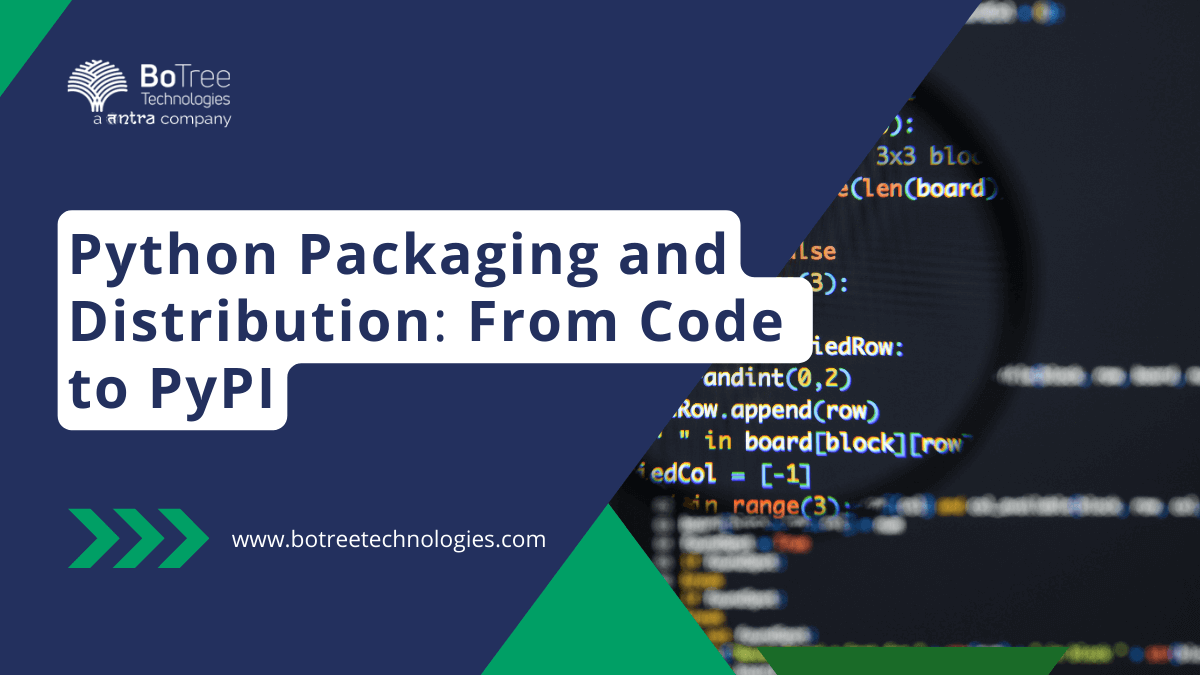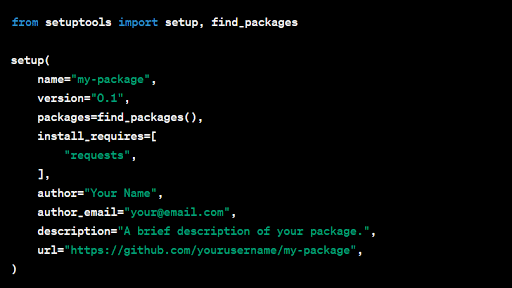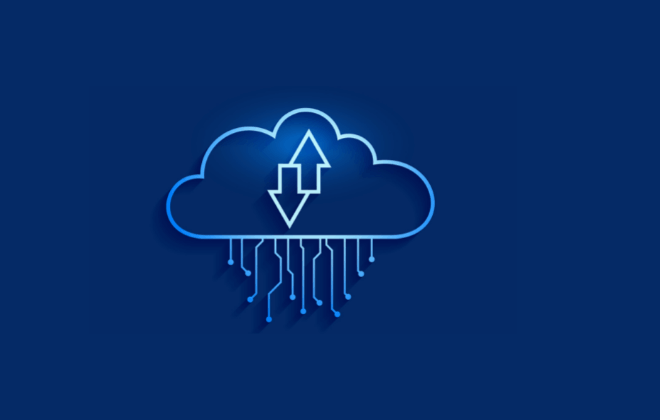
Python Packaging and Distribution: From Code to PyPI
Python, celebrated for its simplicity, readability, and versatility, has solidified its position as a preeminent programming language. Its extensive ecosystem boasts a plethora of libraries and packages that empower developers to create a diverse range of applications. As projects increase in complexity, the importance of systematic Python packaging and distribution becomes even more pronounced. Python’s packaging and distribution mechanisms, with the Python Package Index (PyPI) as their linchpin, play a pivotal role in simplifying the sharing, installation, and maintenance of Python software. In this comprehensive exploration, we will embark on a deep dive into the intricate process of packaging and distributing Python code, tracing its journey from inception to deployment on the PyPI platform.
The Evolution of Python Packaging and Distribution
The advent of software development witnessed a transition from standalone applications to interconnected systems. As programs grew in size and complexity, the need for organized packaging and distribution became evident. Python, recognizing this need, introduced Python packaging tools that revolutionized the way developers create, share, and install software.
The Birth of distutils
Python’s journey in packaging and distribution began with the introduction of the distutils package, which aimed to standardize the creation and distribution of Python packages. While distutils was a step in the right direction, it had limitations that impeded its adoption for larger projects. Developers yearned for a more robust solution that could handle complex dependencies and streamlined distribution.
Enter Setuptools
Setuptools emerged as the solution to the shortcomings of distutils. This powerful library extended and enhanced distutils, providing developers with a comprehensive toolkit for packaging, distributing, and installing Python software. Setuptools introduced the concept of “eggs,” which bundled code, dependencies, and metadata into a single distribution unit. While eggs improved dependency management, they also introduced certain challenges and ambiguities.
The Rise of Wheel
As Python ‘s popularity soared, so did the need for a more efficient packaging format. Wheel, introduced as a successor to eggs, aimed to address the shortcomings of the latter. Wheel packages are binary distributions that provide faster installation and improved compatibility. They simplify the installation process by avoiding the need for compilation, making them a preferred choice for distributing Python software.
Modernization with setup.cfg
While setup.py served as the traditional configuration file for specifying package metadata, setup.cfg emerged as a more declarative and flexible alternative. setup.cfg separates metadata configuration from code, enhancing the readability and maintainability of packaging configuration.
PEP 517 and PEP 518
Python Enhancement Proposals (PEPs) 517 and 518 revolutionized the packaging landscape by introducing standardized build and distribution backends. PEP 517 defines the build API, allowing projects to use different build Python packaging tools without modifying their source tree. PEP 518 complements this by specifying a standard for declarative metadata, reducing the reliance on setup.py and enabling more consistent packaging. In a world where packaging and distribution are integral to the software development process, understanding the transformative impact of PEP 517 and PEP 518 can be crucial when hiring Python developers who are adept at navigating the intricacies of modern development workflows.
Deconstructing the Anatomy of a Python Package
Before delving into the Python packaging and distribution process, it’s essential to grasp the components that constitute a Python package. At its core, a package is a directory containing a special __init__.py file, which designates the directory as a package. This file can be empty or include package-level code. Packages can encompass sub-packages and modules, forming a hierarchical and organized structure that enhances code readability and maintainability.

This hierarchy promotes modularization, empowering developers to build well-structured and easily navigable codebases. Sub-packages can be utilized to group-related functionality, facilitating a more intuitive architecture for larger projects.
Constructing a Python Package: The Python Packaging Guide
The process of packaging Python code involves a sequence of systematic steps, each contributing to the overall organization and reusability of the codebase. The following steps offer a comprehensive roadmap for creating a well-structured Python package. Here are the Python packaging best practices:
- Organize Your Code
Begin by ensuring that your codebase is modular and thoughtfully organized. Dividing functionality into separate modules or sub-packages enhances clarity and maintainability.
- Create a Dedicated Directory
Establish a dedicated directory for your package, adhering to Python ‘s naming conventions. The directory name should be in lowercase with underscores.
- Introduce __init__.py
Within the package directory, include an empty __init__.py file. This file is executed when the package is imported and serves as a location for package-level initialization code.
- Place Your Code
Add your Python packaging module files (with the .py extension) to the package directory. If your package comprises sub-packages, create subdirectories, each containing its own __init__.py file.
- Incorporate Metadata: setup.py and Beyond
The crux of the packaging process resides in the setup.py file, residing at the root of the package directory. This file contains vital metadata about your package, including its name, version, description, and dependencies. However, the evolution of packaging has introduced alternatives, such as the pyproject.toml file, which allows for more standardized and extensible metadata configuration.

In this example, the find_packages() function automatically identifies all packages and sub-packages within your project, saving you the effort of listing each one explicitly.
Unveiling the Power of Setuptools for Packaging
Setuptools, a powerful library, significantly simplifies the packaging process. If not already installed, acquire it using pip:

Once Setuptools is installed, navigate to the root directory of your package and execute the following command:

This command generates a source distribution package, encapsulating your code and the setup.py script. The result is a .tar.gz or .zip file ready for distribution.
Exploring the Vast Landscape of Distribution Avenues
With your package successfully packaged, a range of distribution options are at your disposal. Each method serves distinct use cases, facilitating widespread dissemination and utilization:
1.Local Installation for Testing
For testing purposes, install your package locally using pip and the path to your package’s root directory:

This approach allows you to verify the installation process and thoroughly test your package within a controlled environment.
2.Sharing as a Source Distribution
Distribute your meticulously crafted package by sharing the generated .tar.gz or .zip file. Recipients can effortlessly install the package using pip:

While this method is useful for sharing packages with colleagues or collaborators, it lacks the convenience and discoverability offered by PyPI.
3.Elevating to PyPI: The Apex of Distribution
The zenith of Python package distribution lies in uploading your creation to the Python Package Index (PyPI), an unparalleled platform for sharing Python packages. To embark on this journey, follow these steps:
i. PyPI Registration
If you do not possess a PyPI account, initiate the registration process by visiting https://pypi.org/account/register/.
ii. Twine Installation: Your Gateway to PyPI
Twine, a vital tool for publishing Python packages, is an indispensable asset. Install Twine using the following command:

Twine simplifies the secure upload of your package to PyPI.
iii. Build and Upload: A Journey Culminating in PyPI
In the root directory of your package, execute the following sequence of commands:

These commands collectively construct the source distribution and upload it to the esteemed PyPI platform. Twine ensures the secure transmission of the package, making it accessible to developers worldwide.
Navigating the Path of Success: Python Packaging and Distribution
In the intricate realm of software development, Python packaging and distribution stand as paramount pillars, streamlining the intricacies of sharing, installation, and maintenance. Through systematic packaging and PyPI distribution, developers extend the gift of accessibility to users and collaborators alike. The Python’s packaging ecosystem, fortified by tools like setuptools and twine, weaves a tapestry of simplicity, promoting harmonious collaboration and seamless sharing.
Mastering the art of packaging and distribution empowers developers to create and share with unprecedented efficiency. Whether one serves as the architect of libraries or the visionary behind applications, this skill enriches the availability and user-friendliness of Python projects. As we traverse the evolving landscape of technology, the journey from code to PyPI remains an enduring narrative of empowerment.
In this era of collaborative development, packaging, and distribution are catalysts that empower us to craft elegant solutions, work together harmoniously, and contribute to the thriving Python community. By understanding the intricacies of the process, developers can unlock the true potential of their creations, bridging the gap between ingenious code and meaningful impact.
The journey from code to PyPI exemplifies the essence of progress and the power of a community united by a shared passion for Python. As we continue to innovate, collaborate, and push the boundaries of technology, the path of packaging and distribution will remain a cornerstone of the Python ecosystem—a testament to the community’s dedication to open-source principles and a commitment to making software accessible to all.
Embracing the Future: Ongoing Developments
As the landscape of software development continues to evolve, so does the world of packaging and distribution in Python . Efforts to improve the packaging ecosystem remain ongoing, with initiatives aimed at enhancing security, reliability, and usability.
Dependency Management: The Poetry Revolution
The Poetry project has emerged as a powerful alternative to traditional packaging tools. It offers a simplified approach to dependency management and packaging, aiming to provide a more intuitive and user-friendly experience for both developers and users. Poetry streamlines the process of managing dependencies, generating lock files, and building packages, all while promoting a more modern and comprehensive approach to packaging Python projects.
PEP 621: Improved Metadata
PEP 621 introduces an improved standard for specifying package metadata. By moving away from setup.py and pyproject.toml, PEP 621 aims to provide a consistent way of describing a project’s metadata in a dedicated pyproject.toml file. This advancement simplifies the packaging process and ensures a more standardized and transparent approach to metadata management.
Conclusion: Empowering Developers and Enriching the Ecosystem
The journey from code to PyPI encapsulates the spirit of collaboration, innovation, and community that defines the Python ecosystem. Python’s packaging and distribution mechanisms have evolved significantly, driven by the collective efforts of developers and the desire to create a more seamless experience for both creators and users of Python software.
As the landscape of software development continues to evolve, the importance of effective packaging and distribution remains steadfast. The Python community’s commitment to sharing, collaboration, and open-source principles shines through in the tools, standards, and platforms developed to facilitate the journey from code to PyPI. Whether one is a seasoned software development company like BoTree Technologies contributing to large-scale libraries or an enthusiastic beginner sharing a personal project, the art of packaging and distribution bridges the gap between code and impact, allowing software to reach a global audience with ease.
In the grand tapestry of Python’s story, packaging and distribution stand as crucial chapters, testifying to the dedication, ingenuity, and shared passion of the Python community. The journey continues, propelled by a commitment to excellence, a thirst for innovation, and an unwavering belief in the power of accessible and collaborative software development.
Are you looking for the best custom Python development company for your next project?
Call BoTree Technologies (a Tntra Company) experts today to provide insight into your requirements!




